14 pro tips to take your best snapshots while sheltering at home and beyond
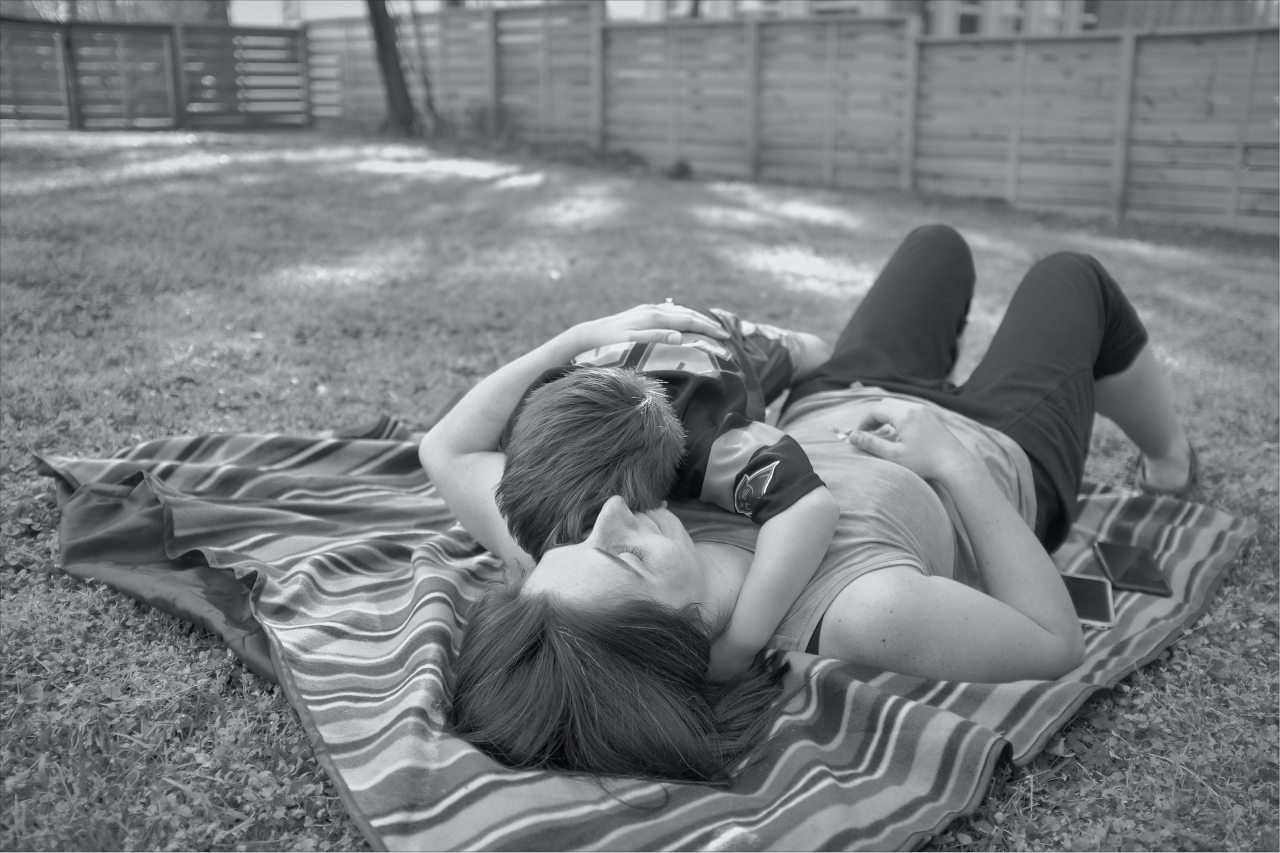
“Always try to have something to make a picture within arms reach. Moments happen quickly. The camera on your phone is probably your best bet,” says Logan Cyrus. Photo by Logan Cyrus
As we continue to make sense of our reality, many are taking notes, and finding other ways to document their daily experiences. Snapshots of day-to-day adventures at home and front porch photo sessions are ways to capture life during a pandemic that we aren’t soon to forget.
Capture the Moment
Look for context
“Think about your pictures as lasting documents of how things were in this very surreal moment in all of our lives,” says Logan Cyrus, a photojournalist based in Charlotte whose work has published in The New York Times, Washington Post and The Wall Street Journal. “Try not to stage things.”
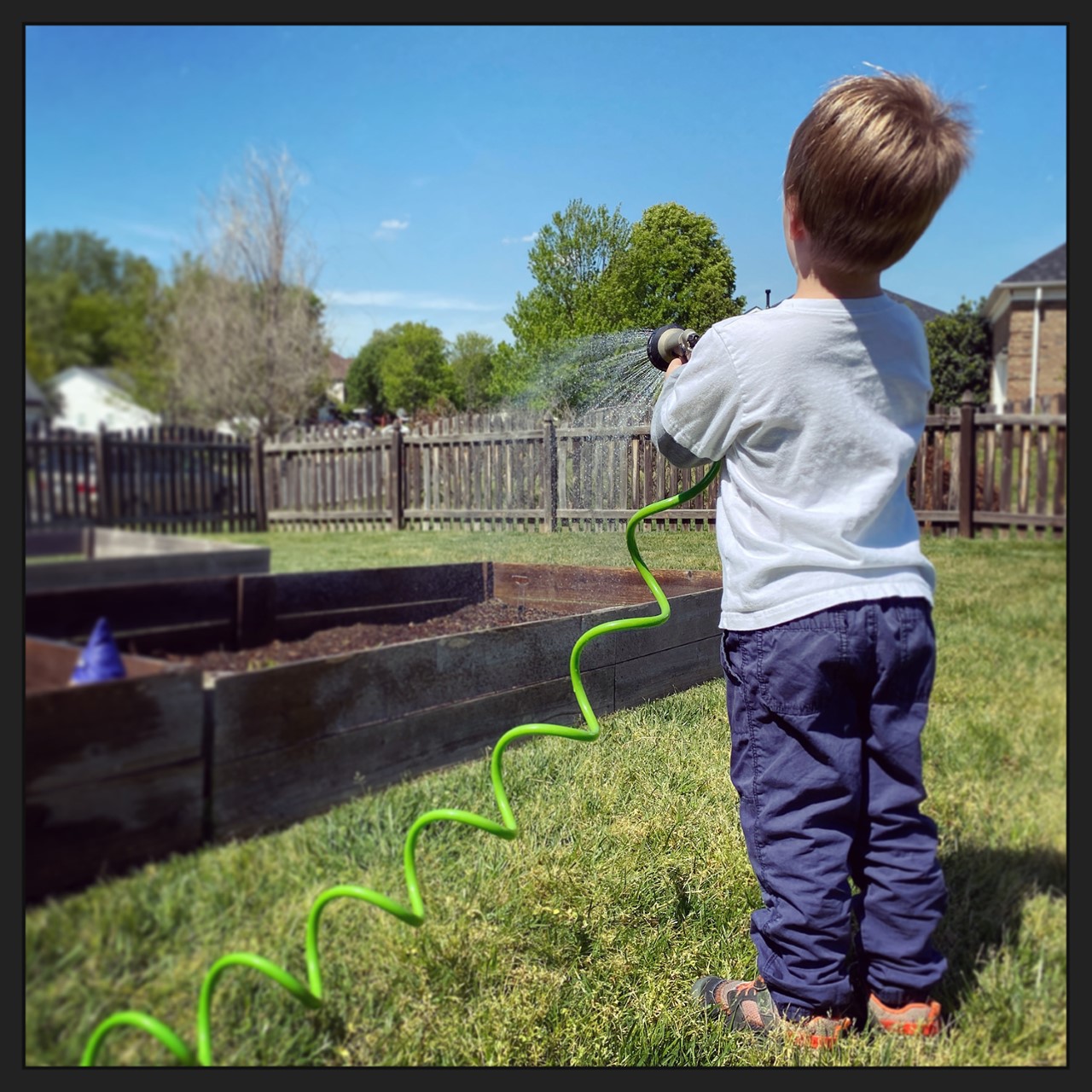
No need to social distance when snapping pictures in the backyard. Move in. Photo by Micah Cash
Get a close-up
While we’re practicing social distancing in our communities, we don’t have to do that in our backyards, says N.C.-based visual artist Micah Cash, whose installation Waffle House Vistas was featured in The Mint’s Coined in the South exhibition. “Get close to your subject and remove wasted space in your images. If I’m photographing a tomato plant, then I need to get close to it. Same with an image of my son watering the garden: The camera needs to be close enough to show that he is the subject. Don’t crop it later. Zoom with your feet and get close,” he says.
Close-ups are particular great when photographing children. “Get the camera on their level or lower, and in their space,” says commercial photographer Adam Whitlow who owns Latch Creative. “You never know what they’re going to do next, and if you are too far away the moment won’t have the same impact.”
Sneak a snapshot
Capture a truly candid moment by snapping a picture when your subject isn’t looking or is busy doing something, suggests Kim Hutchinson, whose work has been featured at various galleries in the city. “Go abstract. Not every image has to be crisp and perfectly balanced. Find joy in imperfection,” she says.
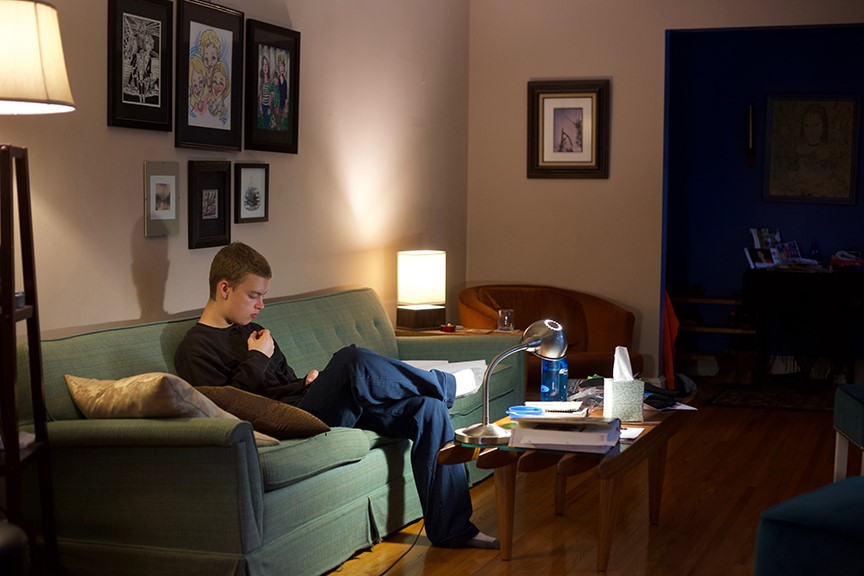
Use mixed lighting sources, and capture moments of life at home during a pandemic. Photo by Kim Hutchinson
Still life is real life
Humans and pets aren’t the only interesting subjects to photograph. Consider a still photo set up of spring flowers, pandemic puzzle projects, or new recipes simmering on the stove.
“Spring brings an abundance of color and life. Try macro photography and put together arrangements of items that capture your story now. Play with different backgrounds and moody light to create drama,” Whitlow says.
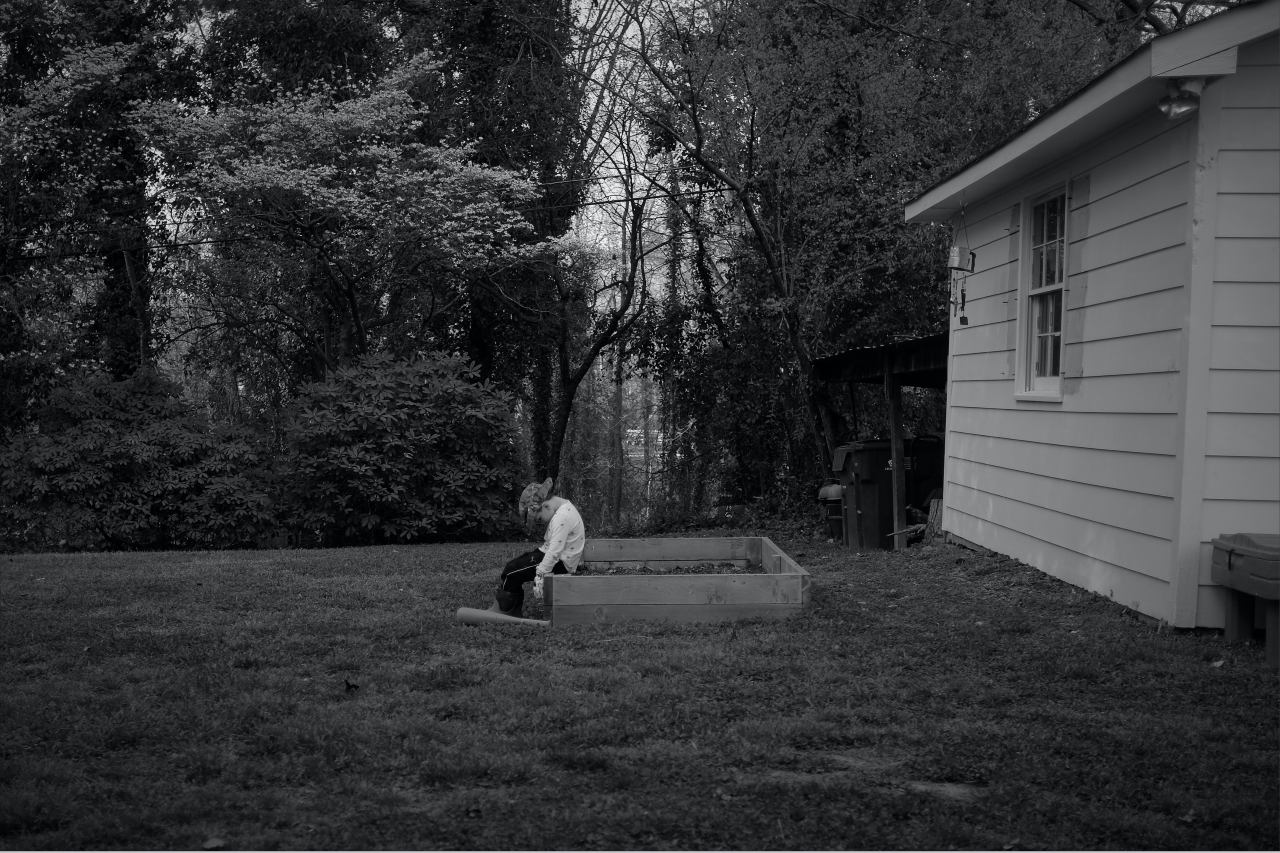
Not all photos have to be of the happiest moments. Capture real feelings in real time. Photo by Logan Cyrus
Think about the “why”
Are you a parent? Is your child in the middle of a temper tantrum? Maybe that’s a good time to make a picture, Cyrus says. “We want to remember the fun of writing inspiring messages on a sidewalk with chalk but we also want to remember the difficulty of being at our homes all day and how we managed to get through it.”
The best photos aren’t posed
Make a game of it, says Elly Kinne, CEO and lead photographer for Weddings by BlueSky. “Play with your child, pup or catch your spouse in a laugh. When you see a beautiful moment, take that photo.”
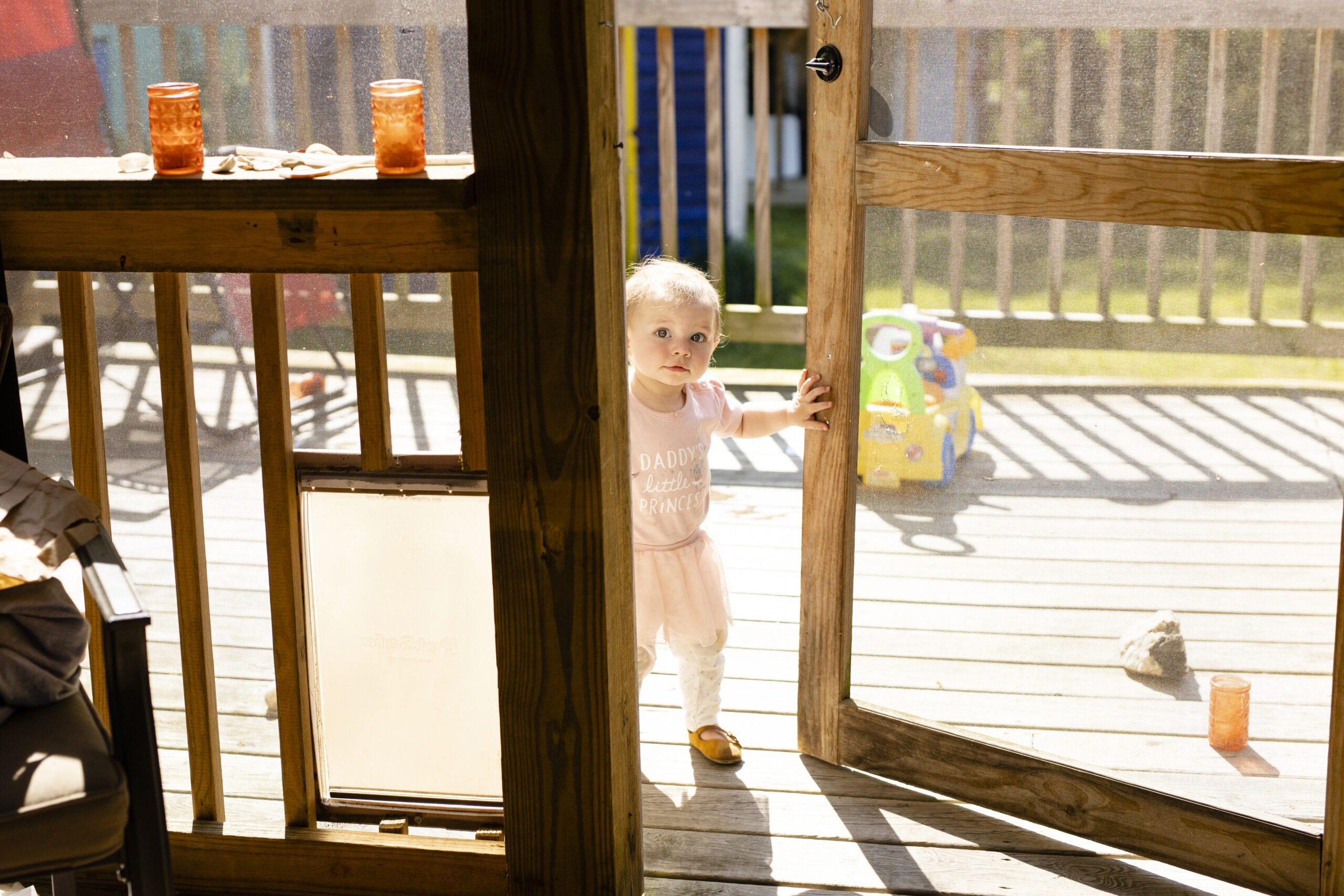
“Pay attention to your light source (or the position of the sun if you are outside). Make sure the light source is either in front of or behind your child,” says Elly Kinne. Photo by Elly Kinne
Think Outside the Frame
Find a new angle
Break away from the convenient eye-level camera angle says Jeff Cravotta, owner of Cravotta Photography and one of the talents behind Charlotte Ballet’s beautiful photography. “Lay down on the ground to either have an ant’s-eye view or look up to your subject, climb up someplace high to look down at your subject,” he says.
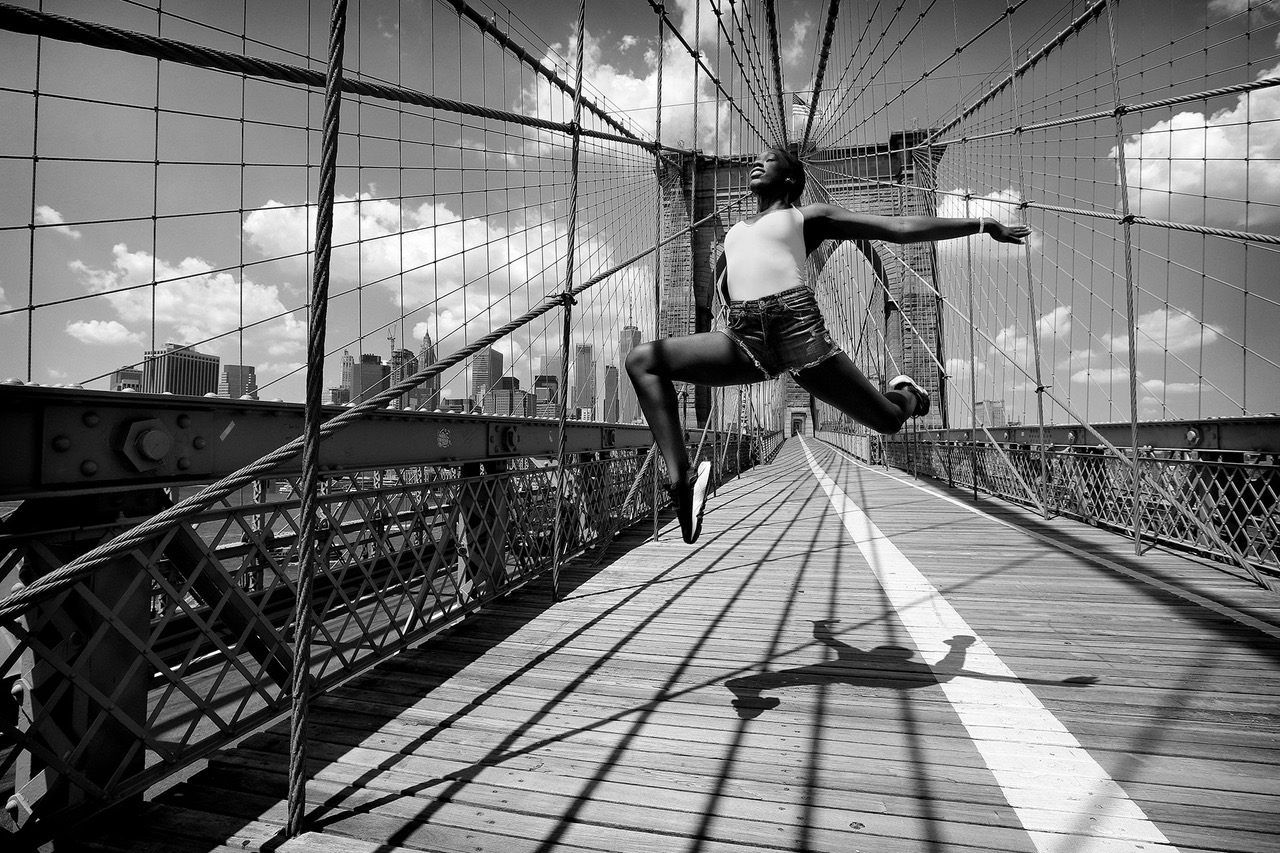
Take a shot from a unique angle to capture motion and a different perspective. Photo by Jeff Cravotta
Be aware of what’s in the background
Don’t want that trash can in the background? Move it or move yourself, advises UNC Charlotte associate professor of photography Aspen Hochhalter. “Make sure everything that’s included in your viewfinder or on your screen is something you want in your photo. You have ultimate control of what is included in your frame, all you need to do is notice the details in your scene.”
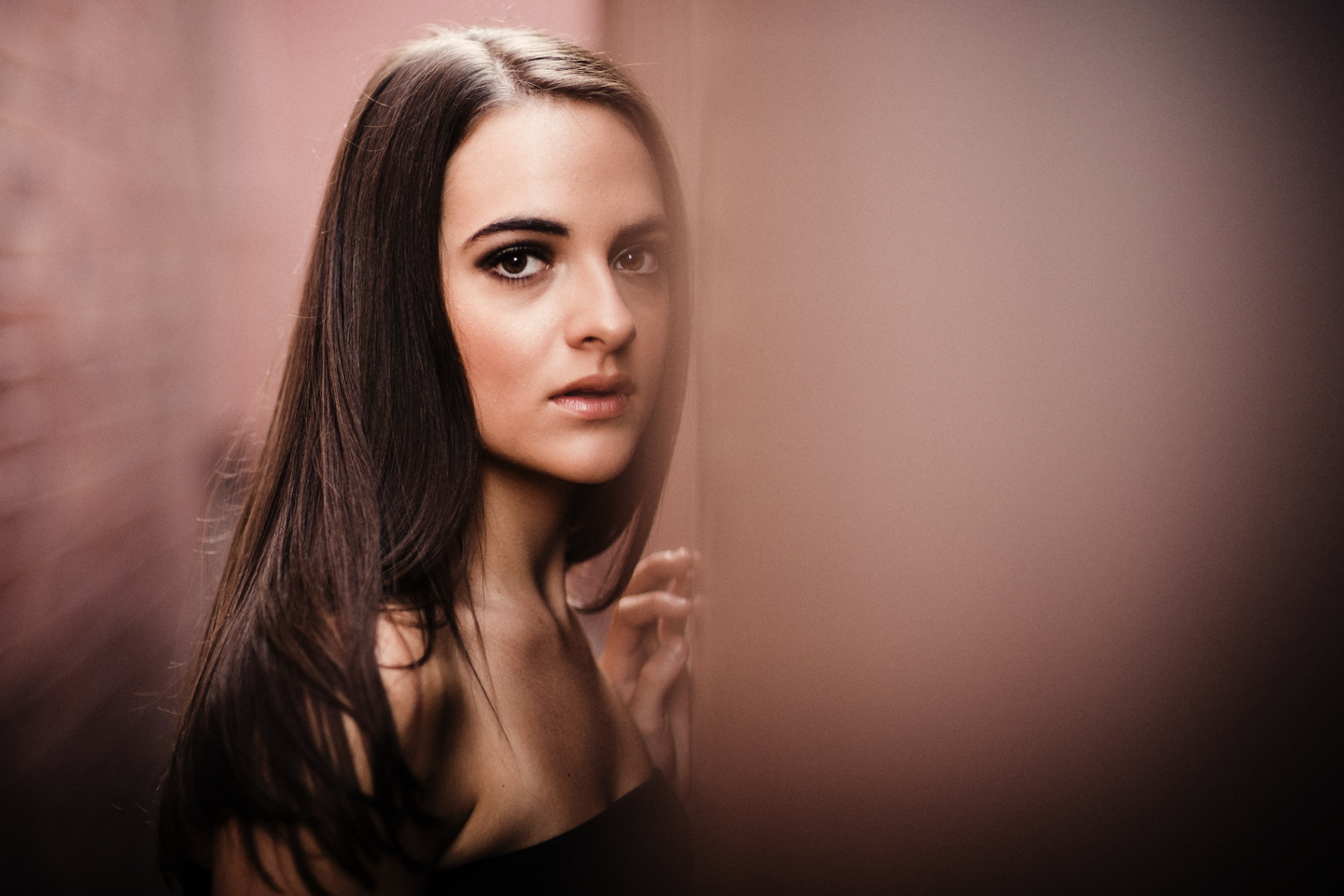
A background can be something unconventional. This photo was taken by a dumpster. Photo by Richard Israel
Look for the novel and unexpected
“The photo (above) was taken at a dumpster,” says wedding and portrait photographer Richard Israel. Look for unusual locations and let the reflective colors soak onto your subject.”
Keep your subject in open shade for flattering light, and use as small an aperture as possible or portrait mode on your phone for that out of focus background, he says.
The Right Light
Embrace the “magic hours”
The first hour of the day and the last hour of the day are the best opportunities for photography,” Hutchinson says. “This is due to the lower angle of the light and how it is filtered through the atmosphere and the environment. If you can manage to shoot either earlier or later in the day you will get better results with natural light.”
Harsh midday sun isn’t flattering and is difficult to control, Whitlow says. “Try to find a shady spot or position for your subject so the sun is behind them, and use your flash to light their faces.” If you feel like adding other techniques, find some white foam core or poster board and try to bounce light back into your subject or use a thin white fabric to diffuse harsh sun, he says.
Don’t be afraid to play with exposure
Many photographers prefer to put their subjects in shade, so that the lighting is more balanced. If you usually shoot at 200 ISO in sunlight, try shooting at 400 ISO in the shade, says music and event photographer Daniel Coston.
If your subject is in the sun and they look too bright, just drag your exposure down before you take the photo, Kinne says. “On an iphone, just click on your subject on your screen, a bar will show up, drag the exposure up or down depending on the look you are going for.”
What about lighting inside?
“Window light, window light, window light,” says wedding photographer Casey Hendrickson. But not directly hitting your subjects. “I always like to photograph at a 90-degree angle to my subject when shooting inside to have the proper depth and shadows, but also ensure that colors remain true.” If the light is too harsh, and shadows are too contrasted, try placing sheer white/ivory curtains over the window to diffuse the light, she says.
Technical Tips
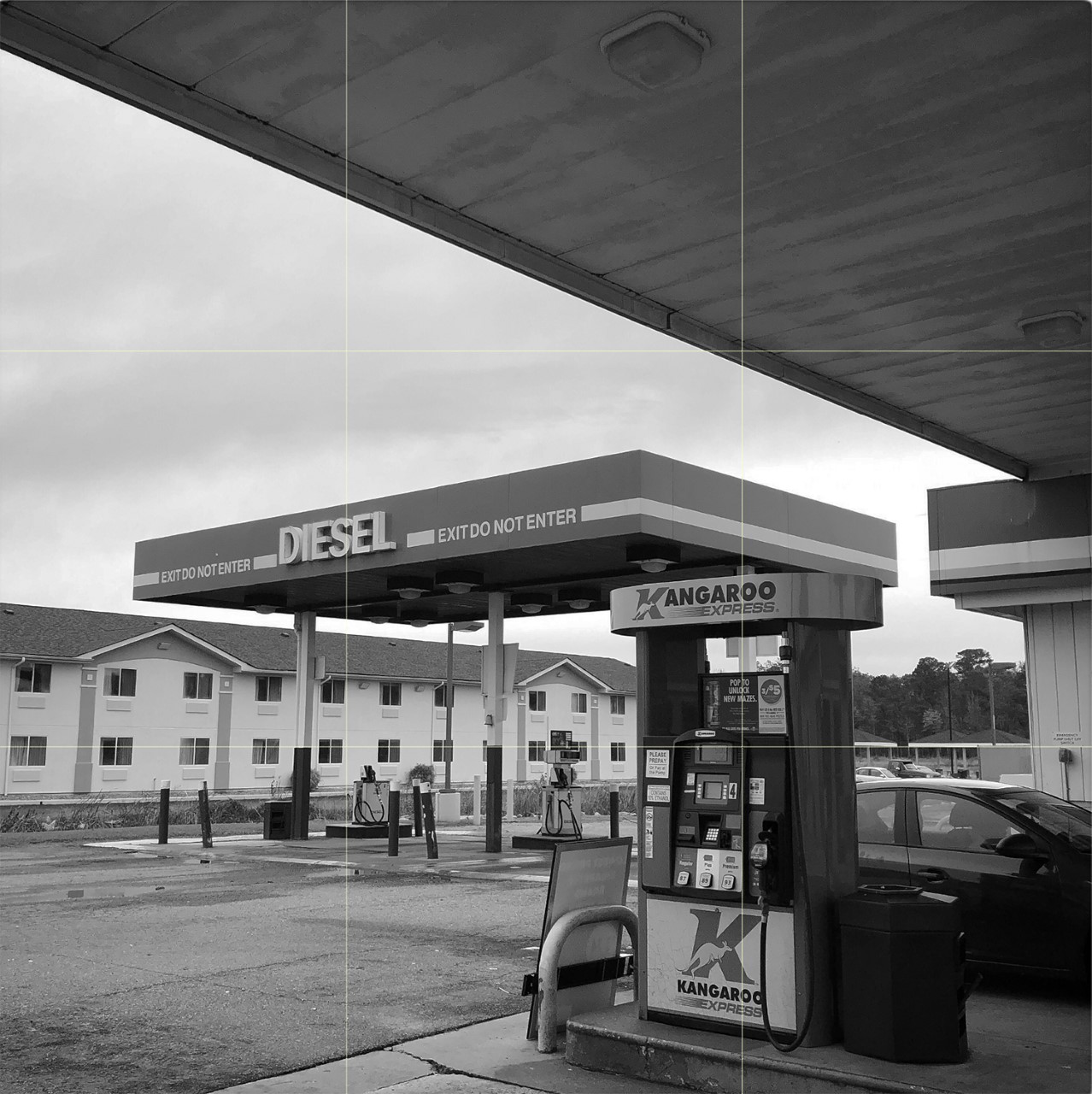
Use the grid on your camera to help compose a photo. Photo by Micah Cash
Let the grid be a guide
Use the grid setting on your camera to compose your image according to the rule of thirds, says Cash. “When turned on, you can line the subject matter onto one of the intersections or along one of the lines to make a more natural and balanced photograph. But feel free to break this rule when you want an image to be more formal, jarring, or stark. Knowing the rule allows you to break it creatively when your image needs it.”
Create motion and try time-lapse
“For many people, time is practically standing still. Time-lapse can provide that much needed assurance that life is still moving forward,” Whitlow says. Find a scene that has repetitive action and is evolving within the frame. “This could be as simple as someone perpetually throwing a ball to the dog or the endless stream of walkers and bikers on your street. Set your camera on a tripod or stabilize it somehow and be patient.”
Israel suggests creating a sense of motion by panning the camera with your subject.
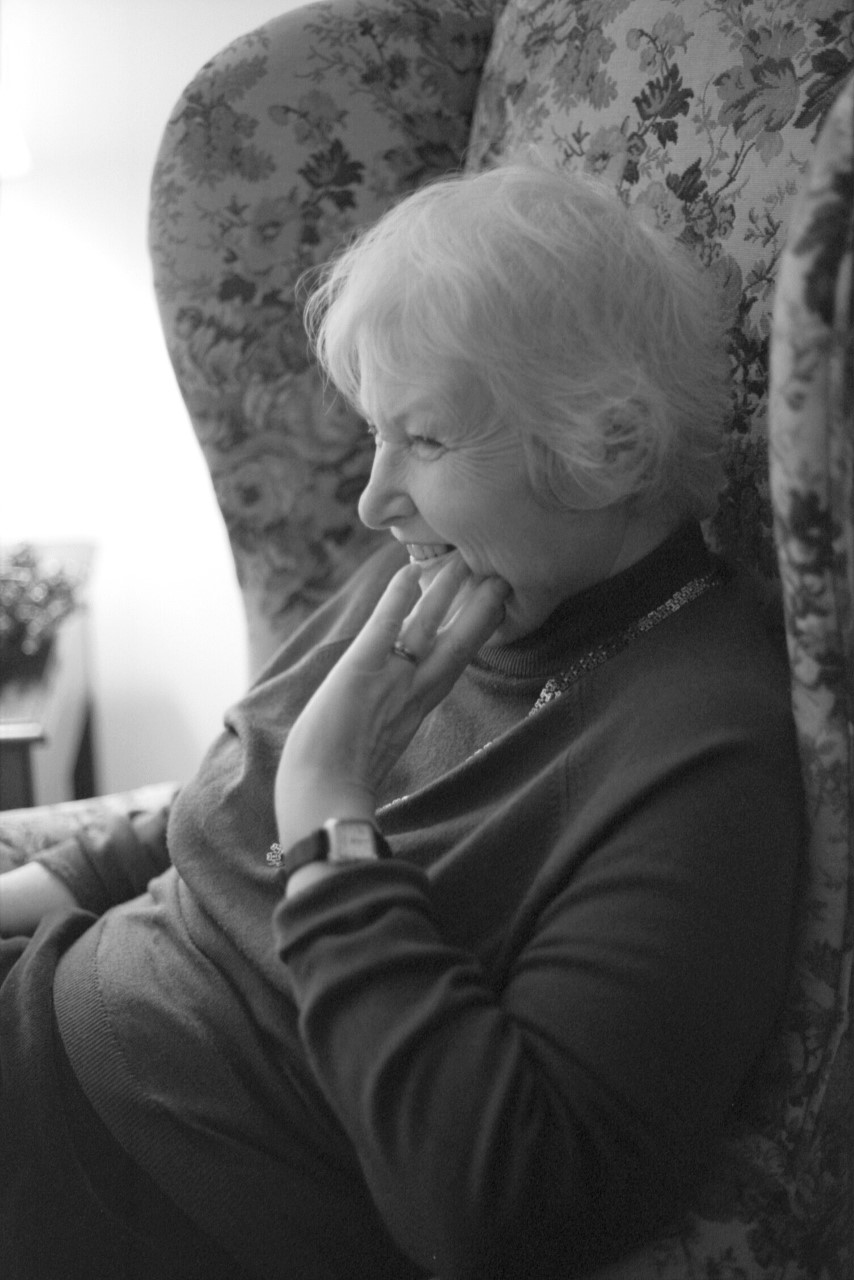
Using a flash is good if you are in a room with very little light, or just want to get that perfect posed photo. Photo by Daniel Coston
Flash or no flash?
Using a flash is good if you are in a room with very little light, or just want to get that perfect posed photo of a group of people. However, using a flash can seem a bit much to some people and kids, Coston warns.
“Look up your camera’s ISO setting, take it off of the auto setting, and increase the ISO to 800 or 1600 if you are indoors. This way, you can take photos without a flash, and there will be less motion in the photos,” he says. “Whatever you are into, whether it’s your family, job, travel or everyday life, it all means a lot to you. If you want to document it, you should. No matter how good or bad of a photographer that you think you are. It’s your eyes through whichever camera you have with you, even if that’s just your phone.”